

21 of the Most Diverse and Delightful Arboretums in the US
Summary
Reflection Questions
Journal Prompt
There is no substitute for the beauty, wonder, and diversity of nature. Whether you seek inspiration or respite, these botanical gardens are an excellent spot to stop for both. Featuring lush landscapes, otherworldly deserts, medicinal plants, and vibrant blooms, each is a destination for nature lovers from all over the globe. From the Portland Japanese Garden to the Hawaii Tropical Bioreserve, read on to learn about the most special spaces across our vast nation.
21 of the Best Botanical Gardens in the US
United States Botanic Garden in Washington, D.C.
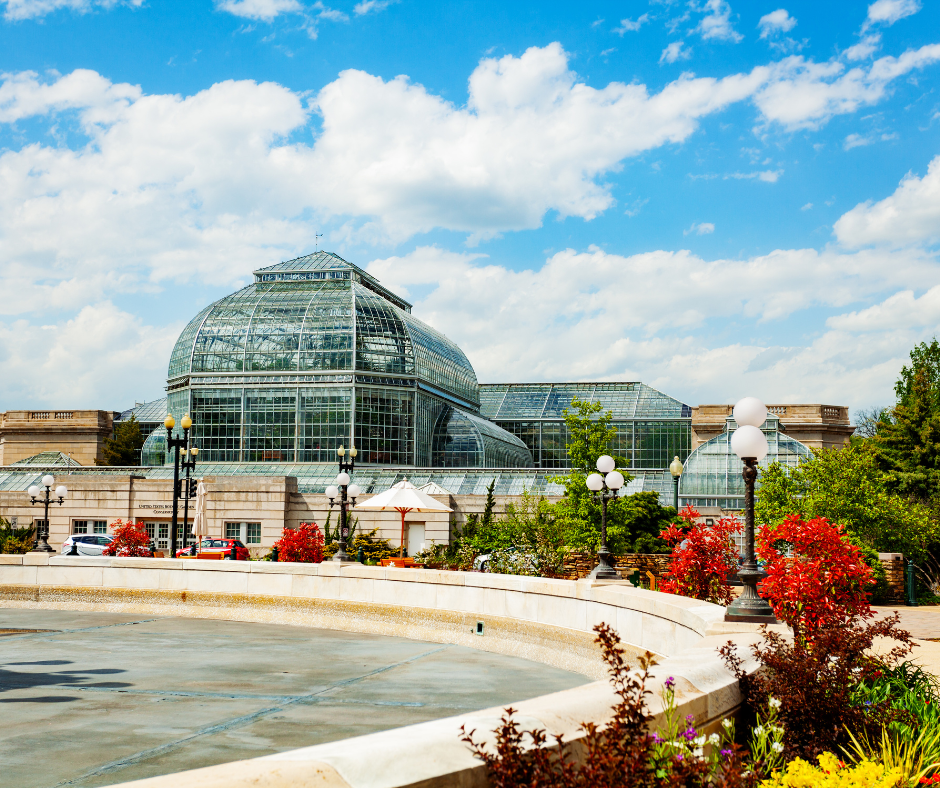

Established in 1820 by Congress, this beautiful botanical garden is one of the oldest in the U.S. It showcases a rich collection of plants, including rare and endangered species. The US Botanic Garden is home to the historic Conservatory—with rooms dedicated to different habitats like the jungle, desert, and primeval paradise. This American botanical garden celebrates the natural beauty of native plants, while Bartholdi Park offers a demonstration garden.
Missouri Botanical Garden in St. Louis, Missouri
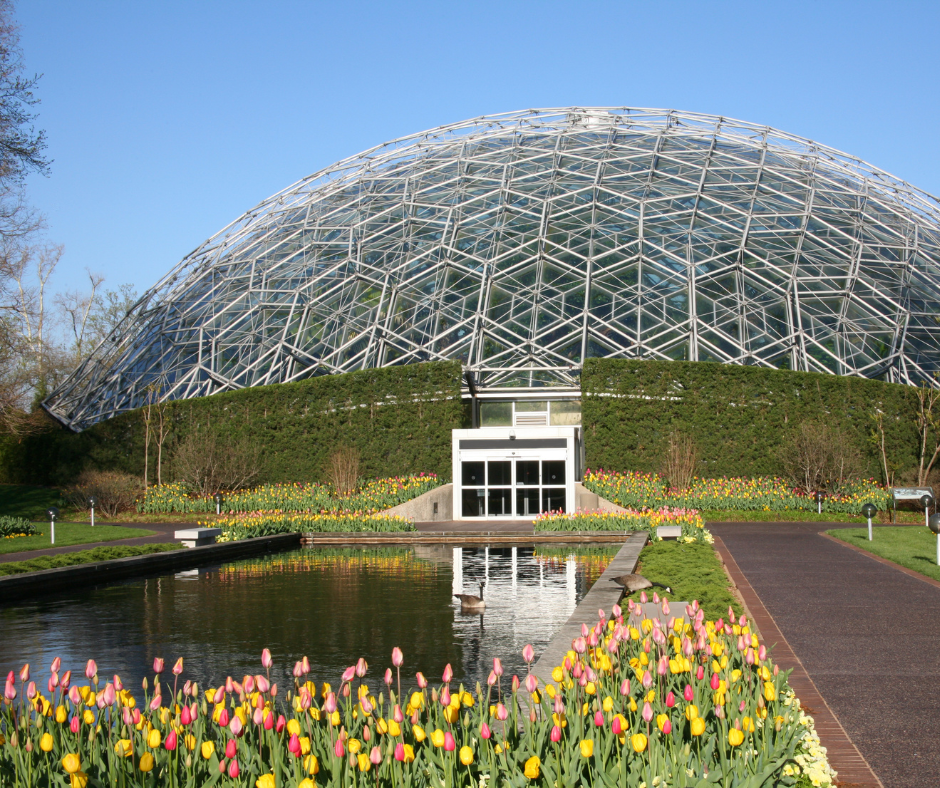

Founded in 1859 by Henry Shaw, this garden spans 79 acres and features a renowned orchid collection, a Japanese strolling pond garden, and the Climatron conservatory with a tropical rainforest. The garden’s Seiwa-en is the largest traditional Japanese garden in North America. Educational programs include classes, tours, and the annual Orchid Show.
Brooklyn Botanic Garden in Brooklyn, New York
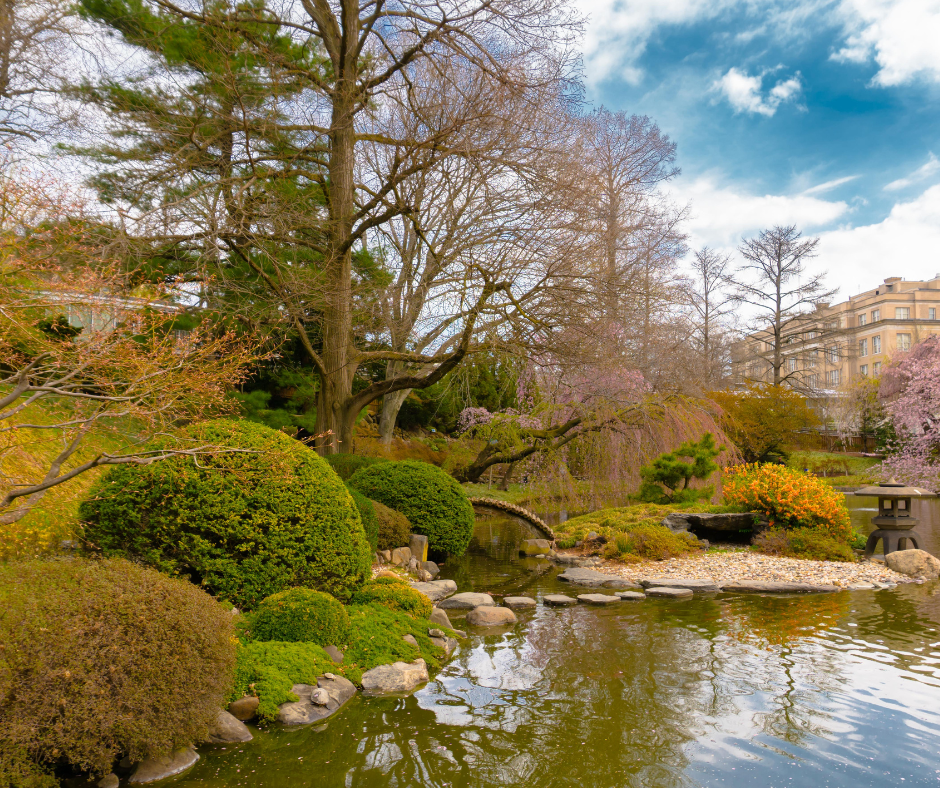

Established in 1910, it’s known for its cherry blossom festival, Japanese Hill-and-Pond Garden, and the Shakespeare Garden. Its organization runs community horticulture and environmental education programs. The garden emphasizes urban greening and conservation through various initiatives.
Longwood Gardens in Kennett Square, Pennsylvania
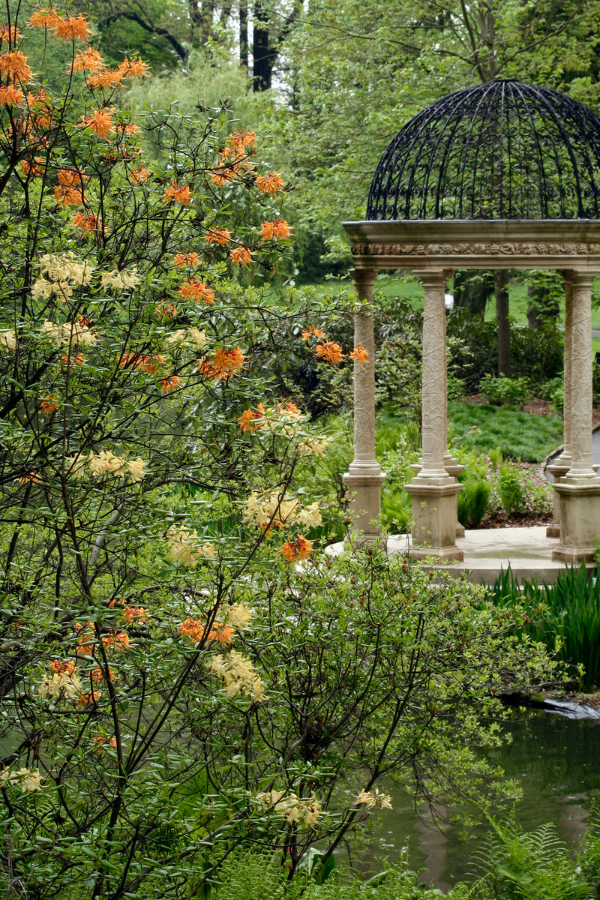

Founded by Pierre S. du Pont in the early 20th century, these gardens are known for their grand fountains—which offer spectacular shows. The conservatory is another highlight—housing 5,500 types of plants. While in Pennsylvania, check out one of the many art museums Philadelphia has to offer.
Chicago Botanic Garden in Glencoe, Illinois
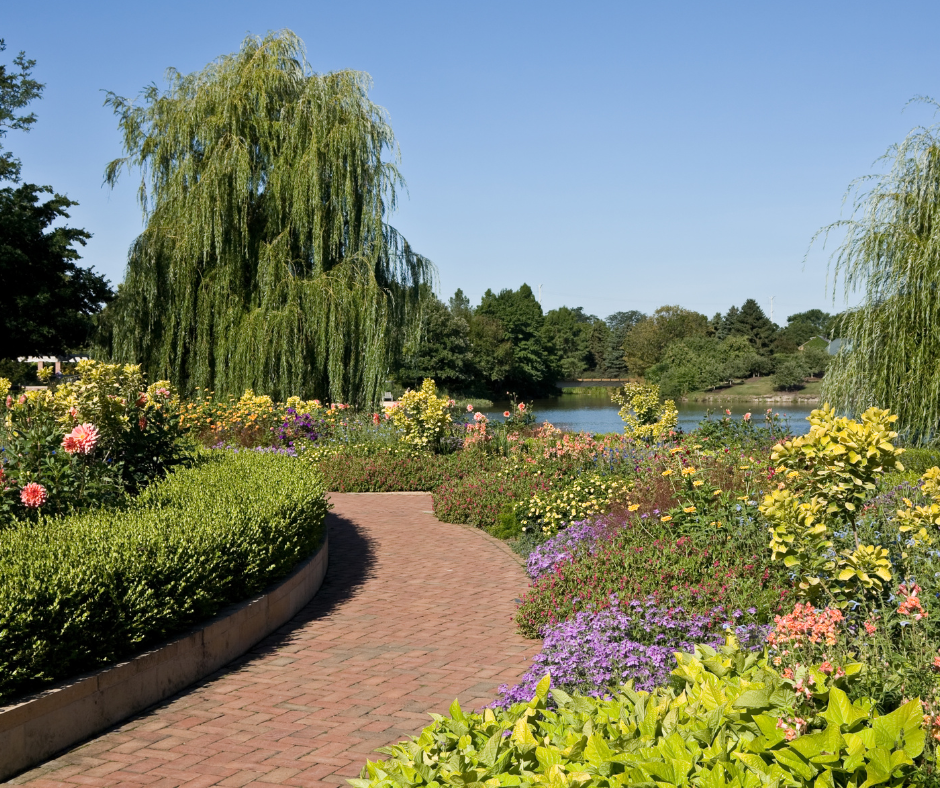

Founded in 1972, the Chicago Botanic Garden in Glencoe spans 385 acres. It features 27 gardens and four natural areas—including the English Walled Garden and the Japanese Garden. The Regenstein Learning Campus offers classes and programs for all ages, but the garden also runs a Plant Biology and Conservation graduate program through Northwestern University.
Denver Botanic Gardens in Denver, Colorado
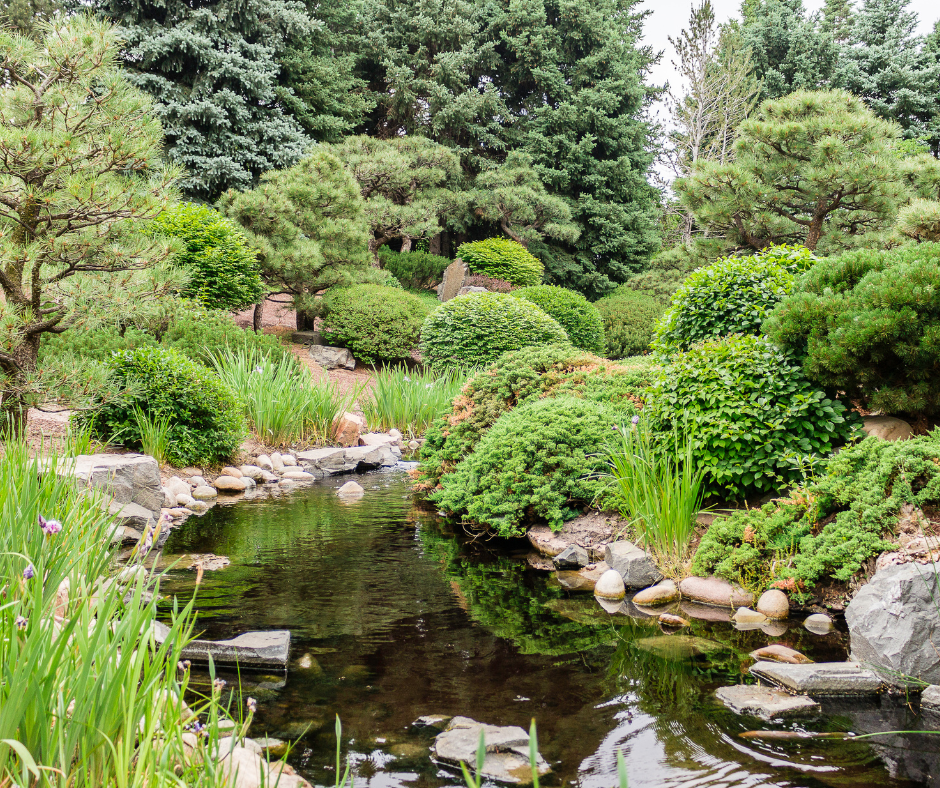

Founded in 1951, the Denver Botanic Gardens displays plants from all over the world but focuses on native and adapted plants. The Mordecai Children’s Garden offers educational exploration for kids, the garden hosts concerts, and its galleries present art exhibitions quarterly. Funds go to conservation research—with a special focus on the Rocky Mountain region.
Fairchild Tropical Botanic Garden in Coral Gables, Florida
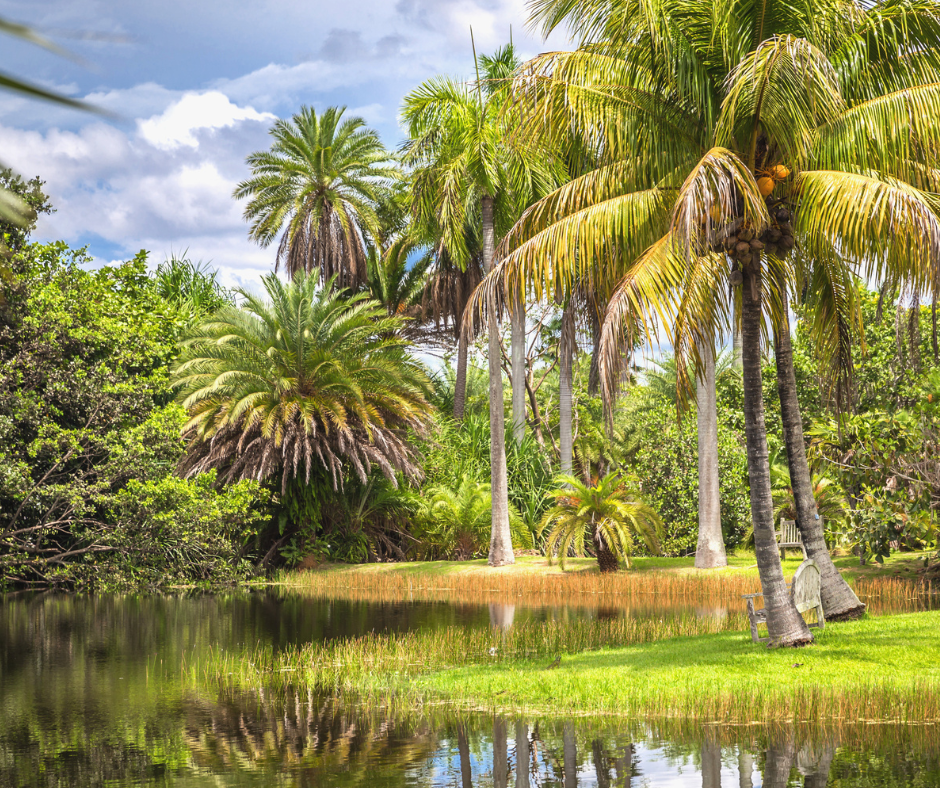

Founded in 1938 by Robert H. Montgomery and named in honor of David Fairchild, this garden is known for its extensive collections of palms, cycads, and tropical fruit trees. The garden runs also the Fairchild Challenge—an environmental education program for students.
Its foundation is involved in global plant conservation initiatives designed to preserve biodiversity across the world. At certain times of the year, the garden also features the Wings of the Tropics butterfly conservatory.
While in Florida, don’t miss the Kanapaha Botanical Gardens.
Desert Botanical Garden Phoenix, Arizona
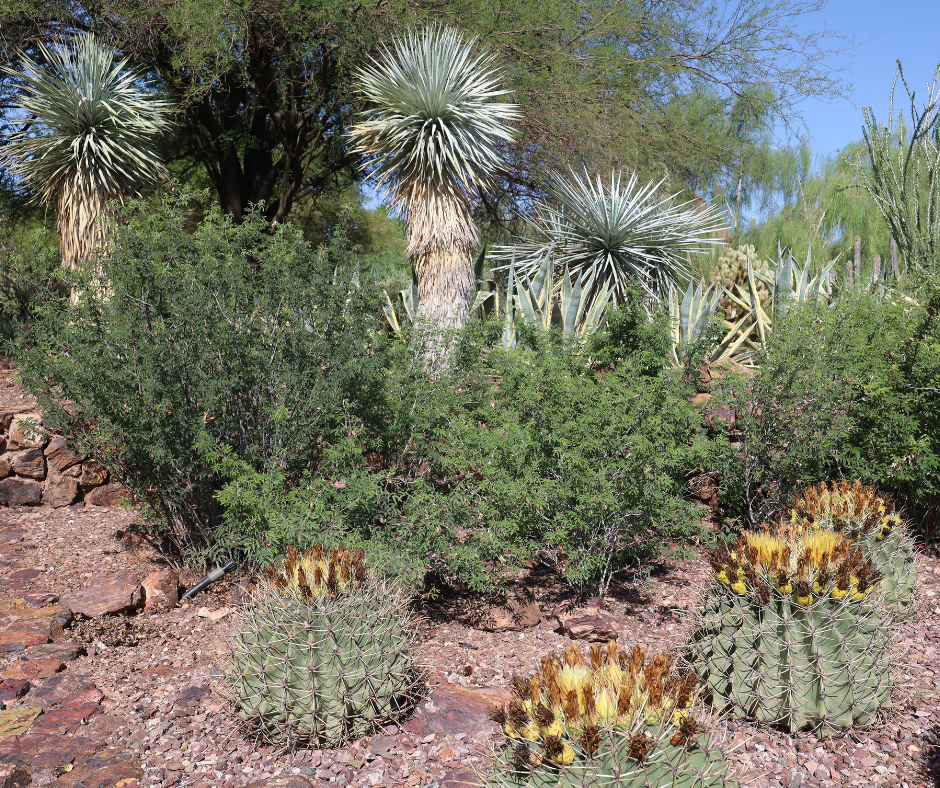

Established in 1939, it showcases the beauty of desert plants, especially cacti and succulents. Trails like the Sonoran Desert Nature Loop allow visitors to take independent tours of the gardens.
The garden offers classes, workshops, and tours to educate visitors about desert ecology. Beyond educational programming, seasonal events like the Electric Desert light show are popular attractions.
San Francisco Botanical Garden in San Francisco, California


Spanning 55 acres in Golden Gate Park, this garden houses over 8,000 plant species from around the world. Established in the 1940s, this garden was originally known as the Strybing Arboretum. It is now a collaboration between the San Francisco Recreation and Park Department and the San Francisco Botanical Garden Society.
The garden is organized into several areas representing different regions of the world, such as the Mesoamerican Cloud Forest, a Mediterranean Garden, and the Southeast Asian Cloud Forest. It also features thematic collections like the Ancient Plant Garden—which showcases plants that existed during the time of the dinosaurs.
One of the garden’s highlights is its significant magnolia collection—which is considered among the most comprehensive in the United States. During the blooming season, the garden becomes a spectacle of color and fragrance, attracting both locals and tourists.
The San Francisco Botanical Garden also offers a wide range of educational programs for visitors of all ages. This includes classes, workshops, guided tours, and special events that focus on horticulture, botany, and environmental science.
The garden also hosts the Helen Crocker Russell Library of Horticulture—the largest horticultural library in northern California—offering a vast collection of resources for researchers and enthusiasts.
Huntington Library, Art Collections, and Botanical Gardens in San Marino, California
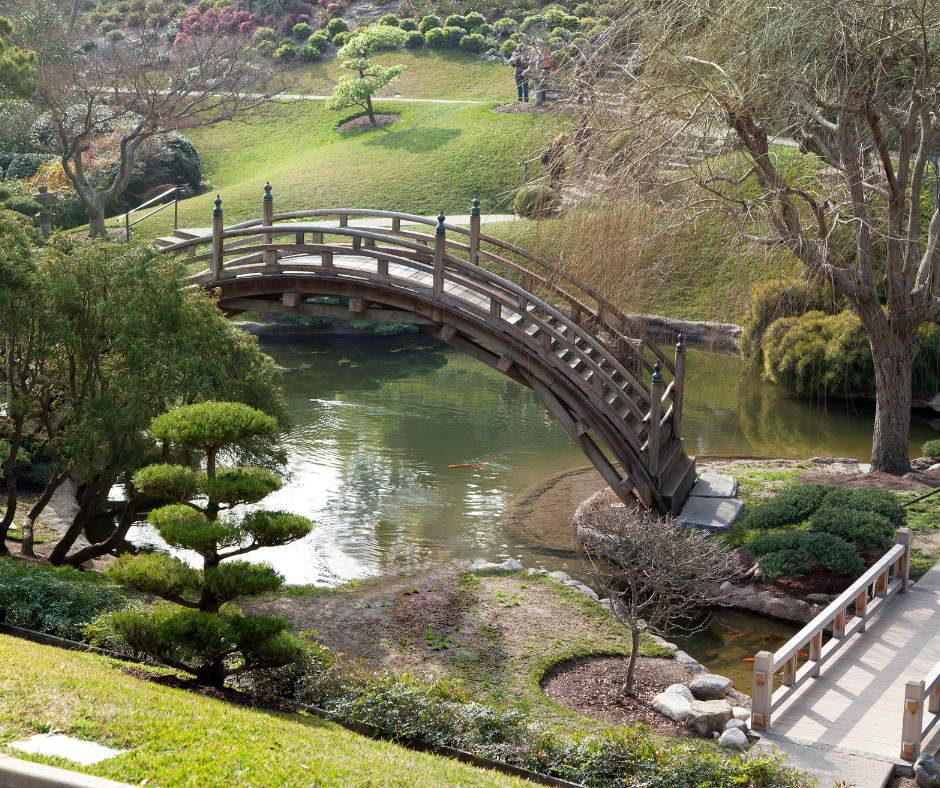

The Huntington Library, Art Collections, and Botanical Gardens is a unique cultural and research institution located in San Marino, California. It was founded by Henry E. Huntington—a railroad magnate, real estate developer, and collector—in 1919. Originally, it was Henry’s private residence, but he bequeathed the entire estate—including his collections—to the public upon his death.
Today, the Huntington Library is one of the world’s leading independent research libraries—specializing in the fields of British and American history, literature, art, and the history of science. Its holdings include over nine million items—with remarkable collections such as the Ellesmere manuscript of Chaucer’s “Canterbury Tales,” a Gutenberg Bible, and early editions of works by William Shakespeare.
The art collections are housed in two main buildings: The Huntington Art Gallery and the Virginia Steele Scott Galleries of American Art. The Huntington Art Gallery—originally the Huntington residence—displays an impressive collection of European art, including works by Thomas Gainsborough, Sir Joshua Reynolds, and John Constable. The Virginia Steele Scott Galleries showcase American art from the 1690s to the 1950s—including works by Mary Cassatt, Edward Hopper, and Gilbert Stuart.
Fuel your creative fire & be a part of a supportive community that values how you love to live.
subscribe to our newsletter
Special Features in the Gardens
The botanical gardens span approximately 120 acres and feature over 15,000 plant varieties across several themed gardens. Notable gardens include the Desert Garden, Japanese Garden, Rose Garden, and the Chinese Garden. Both exotic plants and native plants feature heavily throughout the Huntington.
The Conservatory for Botanical Science is an interactive space for visitors to learn about plant science. These gardens serve both as a place of beauty and a research and conservation facility.
Atlanta Botanical Garden in Atlanta, Georgia
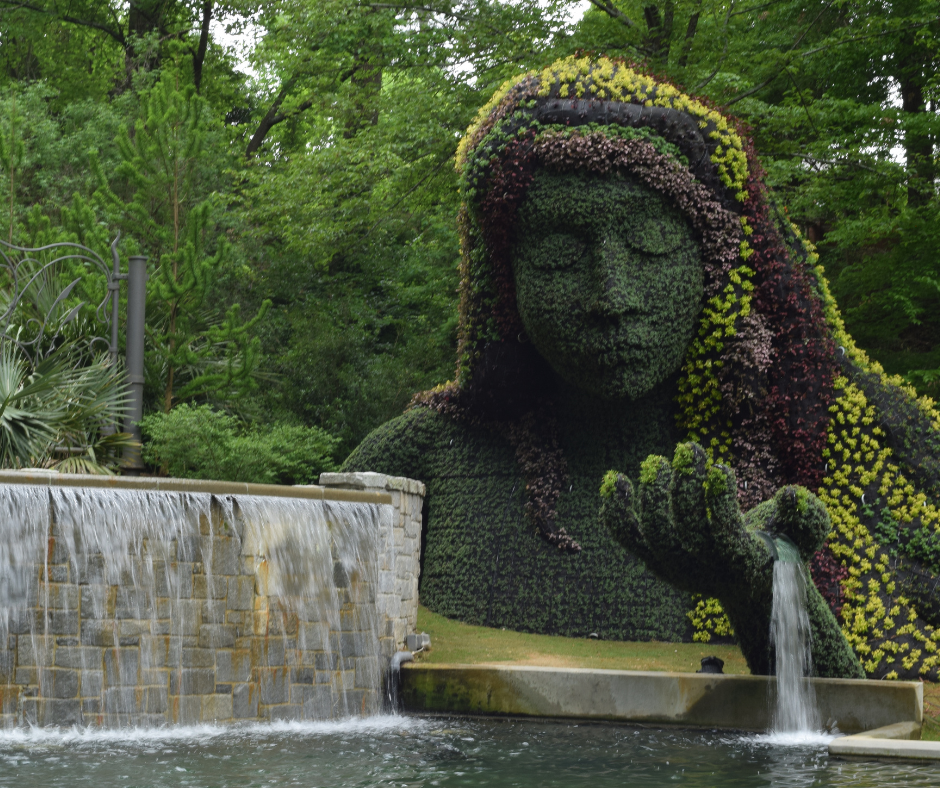

Founded in 1976, the Atlanta Botanical Garden is known for its tropical rainforest environment, Japanese Garden, and a canopy walk through the treetops. The Canopy Walk offers an aerial view of the Storza Woods, and the Fuqua Orchid Center showcases a stunning collection of orchids.
Conservation initiatives focus on the Southeastern U.S.—with efforts to protect endangered plants.
Dallas Arboretum and Botanical Garden in Dallas, Texas
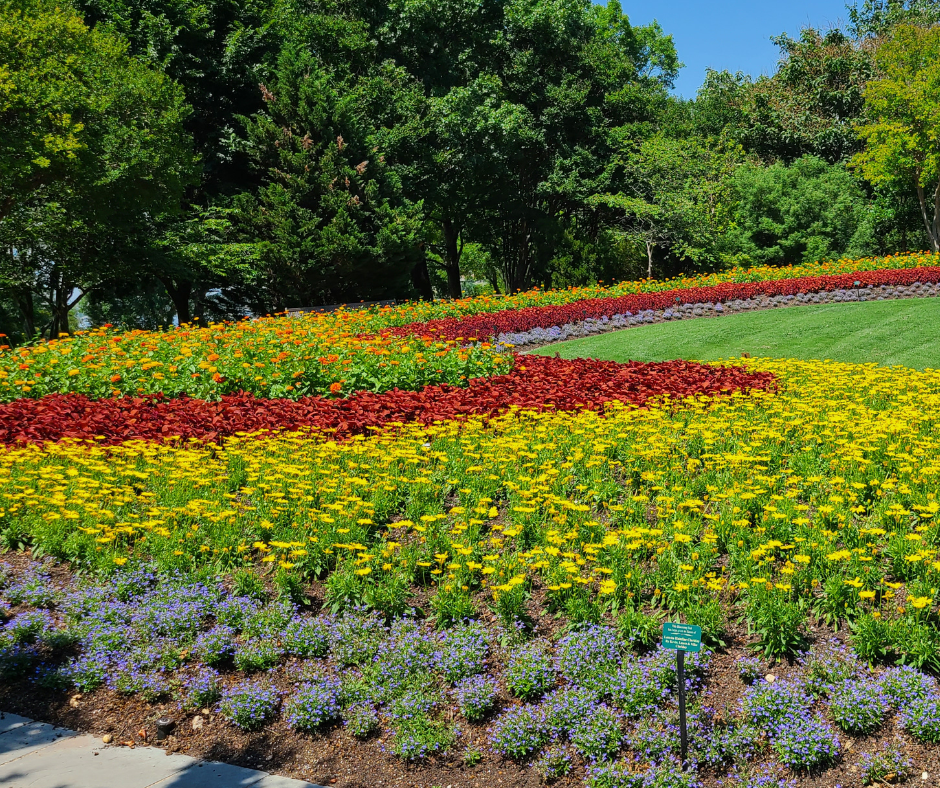

Spanning 66 acres, the Dallas Arboretum is beloved for its seasonal festivals and displays like the Dallas Blooms. They also offer a range of educational programs—from summer camps to adult classes. Kids will enjoy the Rory Meyers Children’s Adventure Garden.
While in Texas, visit the Fort Worth Botanical Garden too.
New York Botanical Garden in Bronx, New York
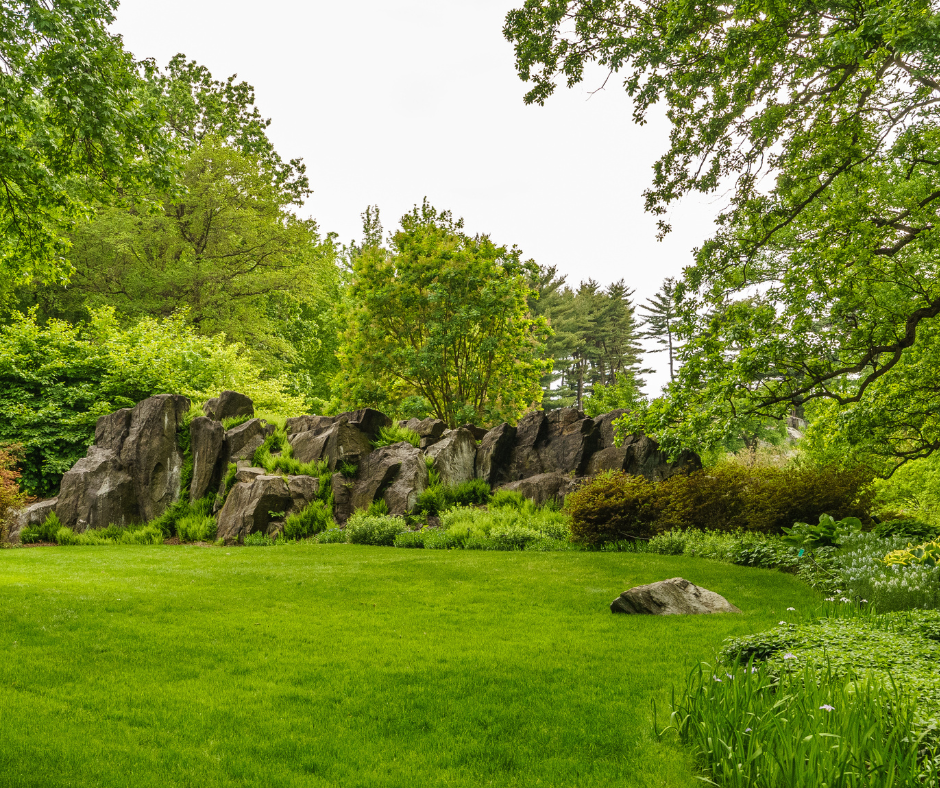

Founded in 1891 by Nathaniel Lord Britton and his wife, Elizabeth, the New York Botanical Garden in the Bronx is a National Historic Landmark with 50 gardens and over one million plants. Highlights include the Enid A. Haupt Conservatory—which is a stunning Victorian-style greenhouse—, the Native Plant Garden, and the Peggy Rockefeller Rose Garden.
Portland Japanese Garden in Portland, Oregon
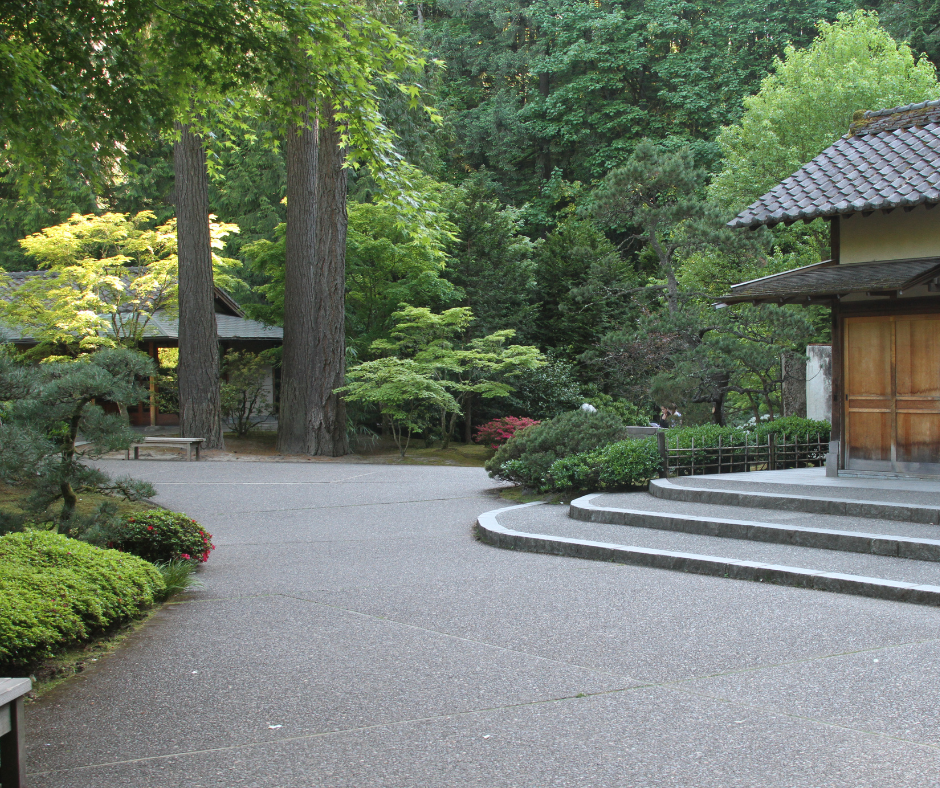

Established in 1963, the Portland Japanese Garden in Oregon is widely considered one of the most authentic Japanese gardens outside of Japan. The garden comprises eight distinct garden styles— including the Tea Garden and the Natural Garden.
They offer workshops, demonstrations, and tours focused on Japanese culture and gardening. The Cultural Village—designed by Kengo Kuma—includes galleries and a tea house.
Frederik Meijer Gardens & Sculpture Park in Grand Rapids, Michigan
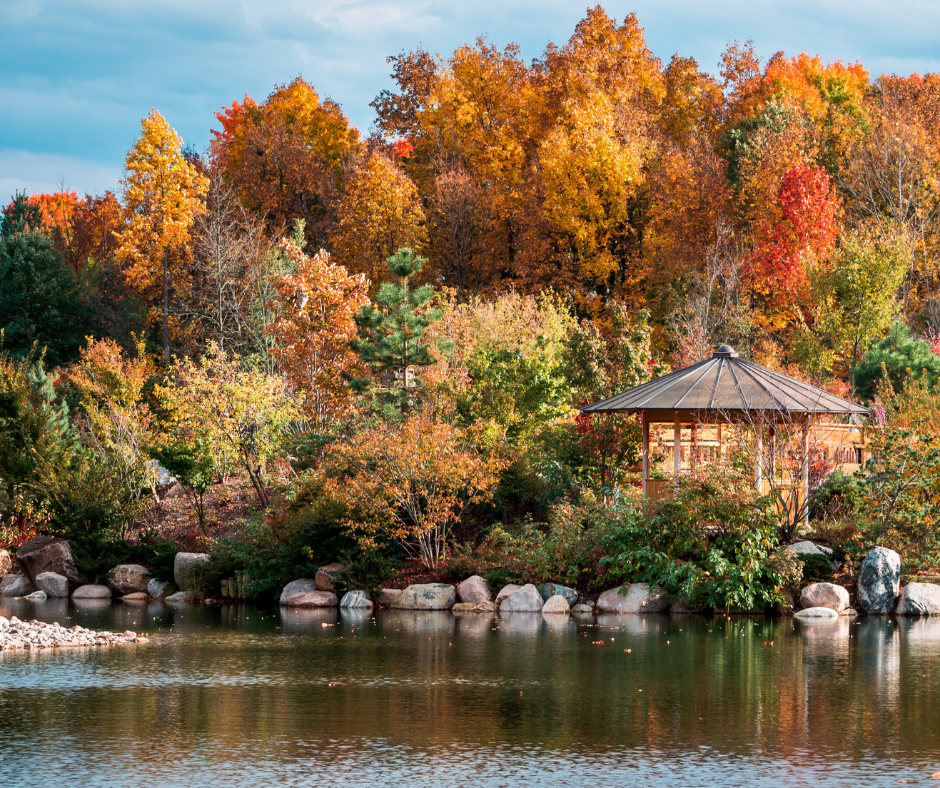

Founded in 1995, these gardens in Grand Rapids were named after American businessman, philanthropist, and chairman of the eponymous supercenter chain Frederik Meijer. This unique garden combines art and nature—with sculptures integrated into the landscape. Outdoor sculptures include pieces by Henry Moore, Louise Bourgeois, and other iconic artists.
Of all the exhibits, Lena Meijer Tropical Conservatory is a highlight, housing tropical plants. The garden also offers educational programs, concerts, seasonal exhibitions, and even horticultural therapy.
Minnesota Landscape Arboretum in Chaska, Minnesota


Founded in 1958 as part of the University of Minnesota, this arboretum features themed gardens, demonstration areas, and natural habitats that span more than 1,200 acres. The Maze Garden and the Japanese Garden are particularly popular attractions.
Naples Botanical Garden in Naples, Florida
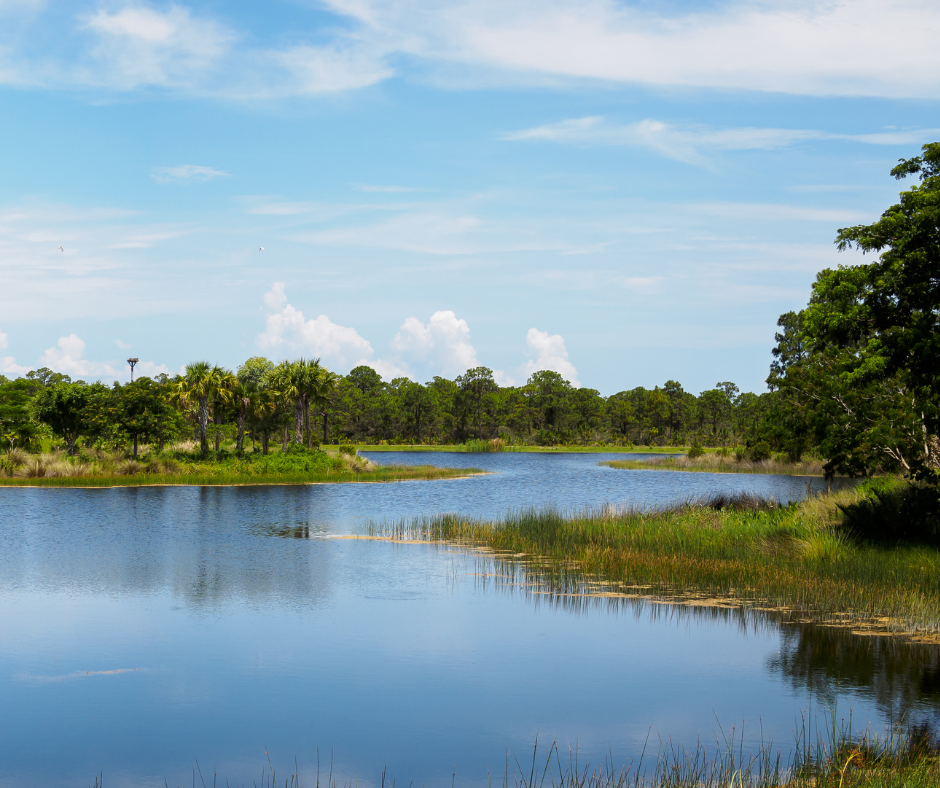

Founded in 1993, the Naples Botanical Garden covers 170 acres and showcases plants from the tropics and subtropics. Plots are dedicated to regions like Brazil, the Caribbean, and Asia. Money spent at the gardens goes to conservation efforts focused on preserving Florida’s native plants and habitats. While the gardens offer lectures and workshops for adults, the Children’s Garden provides interactive displays and activities for kids.
Arnold Arboretum of Harvard University in Boston, Massachusetts
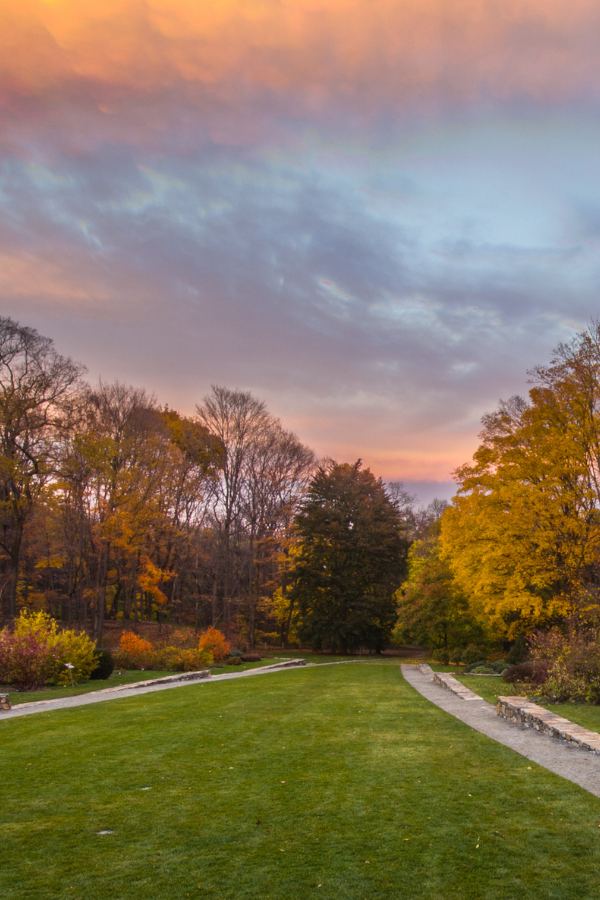

Established in 1872, Harvard’s Arnold Arboretum is a leading center for plant studies. The arboretum—which is a collaboration between Harvard University and the City of Boston—is particularly well-known for its lilac collection. It is one of the largest in North America.
Given its location, readers will be unsurprised to learn that the arboretum offers educational opportunities to children and adults while supporting conservation initiatives.
Cleveland Botanical Garden in Cleveland, Ohio
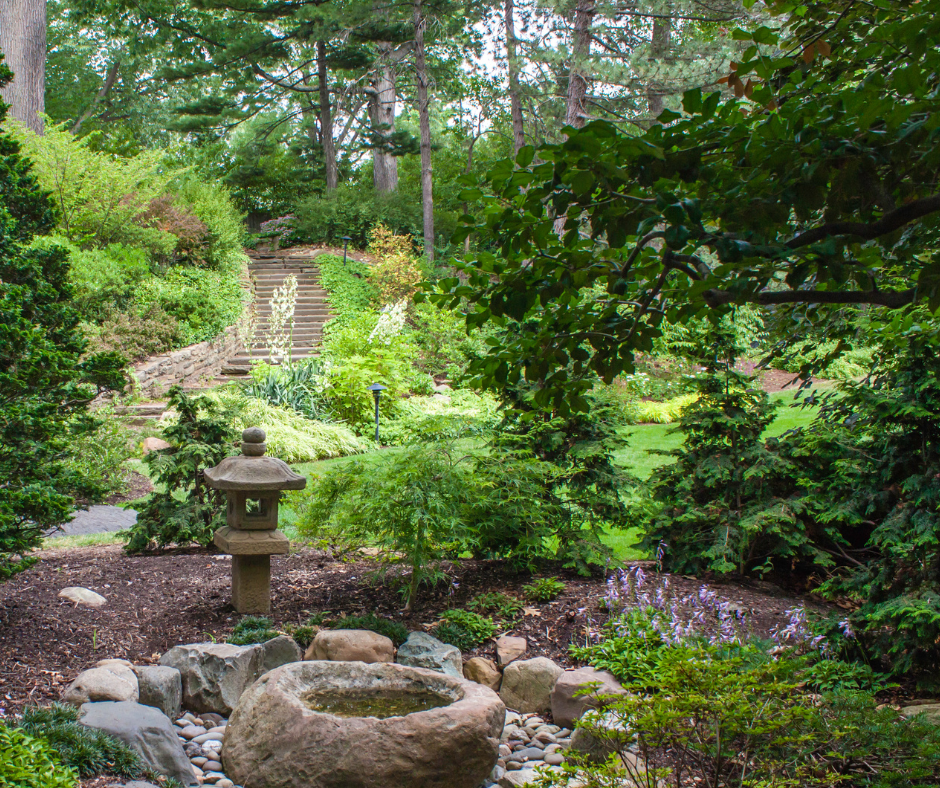

Founded in 1930, the Cleveland Botanical Garden offers diverse plant collections—including a rainforest under glass. Called the Eleanor Armstrong Smith Glasshouse, this rainforest showcases the biomes of Madagascar and Costa Rica. The garden’s mission is to promote urban greening and sustainable horticulture. The Hershey Children’s Garden is a favorite among families, as it offers many educational programs, workshops, and seasonal events. While in Cleveland, don’t forget to check out the city’s many museums!
Birmingham Botanical Gardens in Birmingham, Alabama


These stunning gardens in Birmingham were established in 1963. Spanning 67.5 acres, it features over 12,000 different plants and themed gardens. Visitors can enjoy over 25 thematic gardens—including the Japanese Garden and the Southern Living Garden.
The garden’s library is one of the largest horticultural libraries in the U.S., which explains the wide array of educational programs, classes, and community outreach initiatives that the gardens offer. Money raised by the Gardens goes to conservation efforts dedicated to preserving Alabama’s native plant species.
Hawaii Tropical Bioreserve and Garden


The Hawaii Tropical Bioreserve and Garden—formerly known as the Hawaii Tropical Botanical Garden—is a stunning arboretum in a scenic valley along the Hamakua Coast near the town of Hilo on the Big Island of Hawaii, near the town of Hilo. Set in a tropical rainforest with natural streams and waterfalls, the 40-acre garden also offers breathtaking views of Onomea Bay.
The garden was founded by Dan and Pauline Lutkenhouse in 1978. They purchased the property and spent years clearing the invasive species and planting tropical plants to create the garden. In 1995, the Lutkenhouses established a non-profit trust to ensure the garden’s preservation for future generations.
Today, the garden boasts a collection of over 2,000 plant species—making it one of the most extensive tropical plant collections in the U.S. It showcases a diverse range of plants from all over the world, including palms, heliconias, gingers, bromeliads, and orchids.
Unlike more curated arboretums, the garden’s design allows plants to grow in their natural setting, giving visitors an immersive tropical rainforest experience. By cultivating and preserving these native Hawaiian plants, the garden contributes to global biodiversity conservation efforts. The garden also emphasizes the importance of protecting natural habitats and ecosystems. It supports botanical research by collaborating with scientists and researchers from around the world.
Unique Features of Hawaii Tropical Bioreserve and Garden
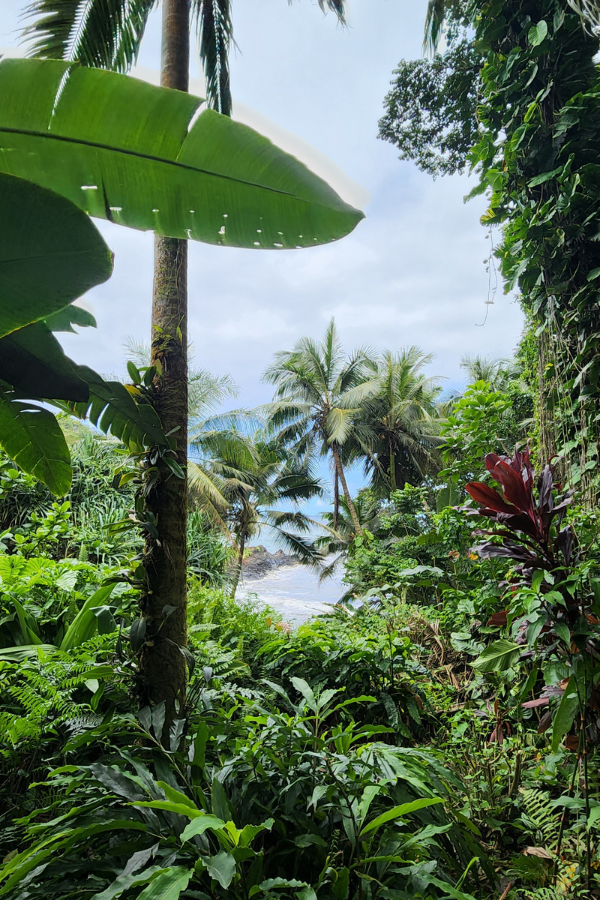

- The Orchid Garden
- The Palm Vista
- The Lotus Pond
- Onomea Falls
- The Lava Tubes
While in Hawaii, consider contributing to local conservation efforts.








